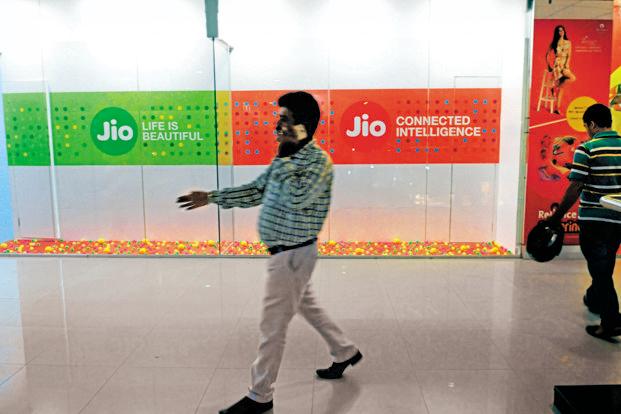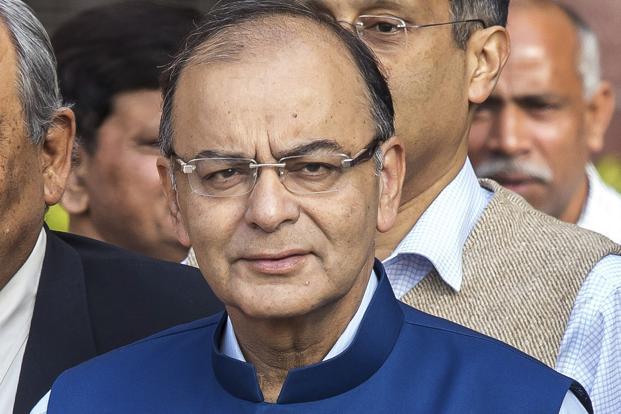Given a choice, most branch managers of Indian banks these days would like to attend classes on how to handle angry customers where they will be taught lessons such as “never argue back”, “kill them with kindness”, “know how to apologize”, “solve their problems”, “be patient”, and so on. Millions of bank depositors are upset; they are venting their anger on social media against “unkind” banks who, they claim, have been “fleecing” customers by charging them if they exceed the limit on cash transactions at bank branches and are not able to maintain minimum balance in their accounts.
The provocation for their outbursts is the decision of a few private banks to charge customers for cash deposits and withdrawals exceeding four transactions a month. The announcement by State Bank of India, the nation’s largest lender, to re-introduce after a gap of five years a penalty on non-maintenance of minimum average balance in savings and current accounts from 1 April added fuel to fire. A few banks—both private and state-run—have already been stealthily charging customers when balance in their accounts drop below the minimum limit and for visiting branches too many times but a sudden burst of announcements has made the customers irate.
Are these banks doing something illegal? Are they unethical? The banking code and standards which underline banks’ commitment to customers do not prohibit them from charging such fees. The Banking Code and Standards Board of India—an independent and autonomous institution to oversee that the banks adhere to the code in true spirit while delivering their services—makes it mandatory that when a bank increases any fee or charge or introduce a new fee or charge, it must notify it through statements of accounts, email/text message alerts. Such charges should also be displayed at bank branches, one month ahead of the revision. This information must also be made available on the banks’ websites. Normally, changes in fees should be made with prospective effect giving a month’s notice. However, if any bank makes any change in fees without giving a notice to the customers, it must notify the change within 30 days. If such a change inconveniences a customer, she may within 60 days of the notice, close her account or switch to any other account without paying the revised charge or interest. The code also prohibits the banks from the so-called “negative option” banking—that is selling a product to a customer or charging fees, unless she says no to it. Typically, it is done for high-net-worth customers through sending an email with an “opt out” link and unless the customer opts out, it is assumed that she is accepting the proposal.
There are two ways of looking at the current development.
If you’re a customer, you would say that the banks are desperate to make money this way as they are being forced to bring down their loan rates and their net interest margin from loan assets is under pressure. On top of that, they need to set aside money to take care of their piling bad loans and that is denting their profits. So, the banks are looking for new avenues to earn.
You will also say, banks are non-transparent and follow unfair trade practices. How can they charge a flat rate for cash transactions over the limits that they set for the customers? For instance, when a customer deposits Rs20,000, it could be 10 notes of Rs2,000 each or 40 notes of Rs500 each or even 200 notes of Rs100 each. The cost of currency handling is different in each case. Also, the value of the fifth transaction could be Rs20,000 or Rs200. How can there be a uniform rate? Similarly, if a customer doesn’t do any transaction at branches for 11 months a year and does 10 transactions in one month, isn’t it unfair to charge her for six extra transactions? The bankers would justify the move saying such fees do not call for widespread protests as a minuscule segment of the customers is being affected. Four free cash transactions at branches and another four or five at ATMs a month are enough to meet the needs of customers. How many of them would transact more? Probably, not more than 1% of the customers. And, the fee earned from excess transactions would not even add a percentage point to the fee income of Indian banks which varies between 15% and 30% of the total income.
They will also say that the latest move is being driven partly to influence customer behaviour as well as recover cost (as the cash handling cost has risen, post demonetization) even as it will add a bit to their revenue. If the customers stop visiting bank branches and use credit and debit cards for transactions, indeed banks will earn money but that’s from the merchants. Till now, banks have installed about 1.5 million point of sale machines across India but on a stand-alone basis, probably, the merchant acquiring business is not yet profitable for any Indian bank.
Similarly, the minimum average balance is the threshold limit below which a bank makes loss for keeping a customer. On a Rs5,000 deposit, a bank can’t even earn Rs500 a year (at 10% interest rate on loans) as one fifth of the money needs to be used for buying government bonds (the return from which is less than loans) and 4% is kept with the Reserve Bank of India as cash reserve ratio on which a bank doesn’t earn any interest. At 4% interest on savings account, the cost for the bank roughly works out Rs200 for a Rs5,000 deposit. So, the net interest income is Rs300 (Rs500 – Rs200). Now, factor in the operational cost, transactions cost at branches and ATMs and the cost of sending quarterly statements. The bank is left with nothing if the balance drops below Rs5,000.
I don’t have the latest data. In March 2015, the average balance in a savings bank account in the State Bank—where one in every four Indians has an account—was Rs19,347; in the nationalized banks it was Rs19,422. In private banks, the average was Rs37,715 and in the foreign banks, Rs194,703. The average savings account balance for Indian banking industry was Rs20,051. There may not be any drastic change in the figure now. As on 31 March 2015, there were 125.5 million Pradhan Mantri Jan Dhan Yojana accounts (launched in August 2014) and this has risen to 278.4 million now (roughly one out of four such accounts is a zero-balance account). If this has created more low-balance savings accounts, the flow of money in November-December following the demonetization has probably more than compensated for this. (The State Bank is not applying the concept of minimum balance to the Jan Dhan accounts.)
Remember, the banks also have other obligations such as loans to the weaker segments of the society or the so-called priority sector loans—40% of their loan portfolio—where the transaction cost is higher as the loans are relatively smaller. And, of course, there is the burden of bad loans. But for the government’s insistence, they might not have so aggressively ventured into certain sectors such as power and infrastructure where many loans have gone bad. Finally, banking is not a corporate social responsibility. Banks are here to make money.
So, there are equally strong arguments both in favour of such moves and against. Globally, savings accounts are treated almost on a par with current accounts (on which banks do not pay any interest) as both are transactional accounts and very little interest is offered on such accounts. Since banks are free to set savings bank interest rate, why can’t the Indian banks do that? They can bring down the interest rate on savings accounts and make all transactions free. Those who want to earn higher interest, they can keep their money in fixed deposits. Except for the pensioners, most savings bank account holders don’t care for interest. And, many of them keep small amount in such accounts. For such customers, the transaction cost (if the limits are exceeded) will erode the entire interest income and probably even part of the principal amount.
Whether the banks bring down the savings bank interest or not (and allow any number of transactions), they can impose such charges as long as they are done transparently and are “reasonable”. Therein lies the rub. What is reasonable? And who decides what is reasonable? Only competition can determine that—something which doesn’t exist in Indian banking. A handful of banks exploit the customers in a repressive financial system and often this is done by forming a cartel, taking advantage of the weak consumer protection architecture in Indian financial system. One way of breaking this could be bringing in more banks of different sizes and profiles (the banking regulator has already started doing this). The other way could be allowing large industry houses with deep pockets to float banks—of course, with proper checks and balances. We need a Jio on Indian banking turf to shake the complacency of the bankers and their habit of taking the customers for granted.



